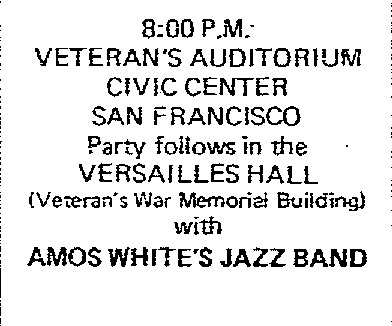Just a few short weeks ago, Hardee's was doing a bustling business at the corner of Main and Longstreet streets in Kingstree. Most residents knew that the old restaurant would soon be replaced by a brand new Hardee's, but it was still disconcerting to one day see a pile of rubble where the building had once stood. And for some of us it was a reminder that this piece of ground has long played an important role in the history of this community.
The Hardee's lot on November 16, 2018.
In William Willis Boddie's history of Williamsburg County, he indicates that very early in the town's history, Patrick Cormick owed either a store or a storage facility on this property. It became a central fixture of the community, when in 1805, it was decreed that court must be held at the King's Tree. The committee to secure a courthouse found that the lots originally reserved for it had been claimed by William Brady, who had already built a house on the property. The committee was unable to secure that property until after Brady's death in 1820, which left them with the task of finding a suitable building in which to hold court. They leased Cormick's store house, which Boddie notes was located at what was at the time of his writing in the early 1920s, "the corner of Main and Long Streets," which was used as a courthouse until the present courthouse was built in 1823.
Court sessions in those days were quite different than today. The High Sheriff, with drawn sword, would escort the presiding judge from his hotel to the bench. Court opened with a sermon, usually in this district given by the Rev. William Knox of Black Mingo Church. We know this as Knox was paid $12.85 for each sermon–$12 for his services and $2.85 for mileage. After the sermon a Grand Jury was drawn and charged by the judge. Boddie notes that the session would then adjourn and everyone would move across the street to Bracy's Bar to fortify themselves for the next day's trials.
At some point Patrick Cormick's store house was demolished and a house built on the property. We know that by the 1860s, it was in the hands of the Gewinner family. Dr. Napoleon Gewinner was only seven or eight years old when General William J. Hardee's army camped in the field between the Gewinner home and Black River during the cold, wet December of 1864.
In a 1933 letter to Laura Cromer Hemingway, he wrote, "I can remember going with Mother, a large basket on her arm and one on mine, containing food for the sick. I believe this was 1864. I remember when the report reached Kingstree that Sherman's army was approaching. On the banks of the river stood a little house about 20-by-30 feet which was filled with cannon powder put up in little red and white flannel bags. Everyone helped in opening the bags and pouring the powder in the river. The flannel bags were kept and many quilts were made of them. Some of the old folks had underwear made out of them. I can recall a quilt Mother made of them which we used for years." At the last minute, Sherman's army changed course, sparing Kingstree.
The Gewinner house boasted one of the oldest gardens in Kingstree, planted by Dr. Gewinner's mother. His sister, Mary, continued to live in the house after she married Louis Jacobs and raised her large family there. In a 1935 article, Laura Hemingway described the garden as at its loveliest in spring when masses of bulbs of many kinds were in bloom. Some of those bulbs were the same bulbs Mrs. Gewinner had planted before the Civil War.
The 1913 Sanborn Fire Insurance Map shows the Jacobs house on the corner of
Main Street and Buzzard's Roost.
Mrs. Hemingway describes the house as being built end to the street so that it could face the garden. She notes, "For years a pergola extended from the porch into the garden some distance, and over this roses rioted through the summer. In the center is a lily pool, which now is the highlight of the garden." She added that a fairly large conservatory occupied one side of the garden.
The 1920 Sanborn Fire Insurance Map.
Note Buzzard's Roost was now S. Long Street
The Jacobs home was a gathering place for many community events. The Judge, as Louis Jacobs was known from his tenure at Probate Judge for Williamsburg County, welcomed many into his home, hosting dances, hot suppers, and meetings. The first meeting to discuss establishing a lending library for the town was held at the Jacobs home. It was also the site of the double wedding, officiated by SC Governor Miles McSweeney on October 31, 1900. To read more about that event, click here.
As roads were paved, automobiles became more prevalent, and traffic increased at the Jacobs' corner, two of the Jacobs' daughters opened a tea room at the house to provide a place for weary travelers to relax over a cup of tea and refreshments.
In June, 1972, Boddie-Noell Enterprises of Rocky Mount, NC, announced that it was expanding its Hardee's restaurant network into South Carolina by building restaurants in three towns, Dillon, Kingstree, and Lake City. Hardee's has operated on the corner of Main and Longstreet ever since. We all look forward to the brand new Hardee's which will soon be under construction.















